Deeper Meanings Behind Motifs

Shen Yue, a Chinese scholar in the Southern Dynasties (420-589), wrote in Treatise on Auspicious Signs, a volume of his work Book of Song, that auspicious patterns have important meanings.
In ancient China, auspiciousness was worshiped. From rulers to ordinary people, their aesthetics were strongly influenced by traditional auspicious culture. Every motif has an auspicious meaning, which clearly reflects the cultural gene of China’s traditional motif decoration art.
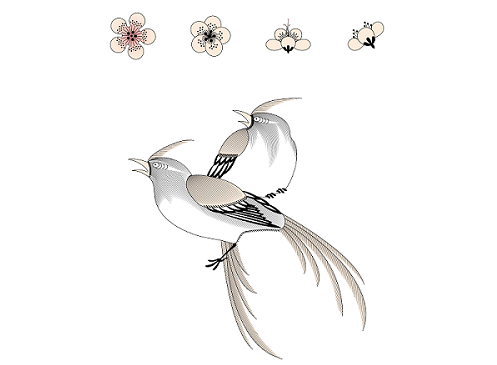
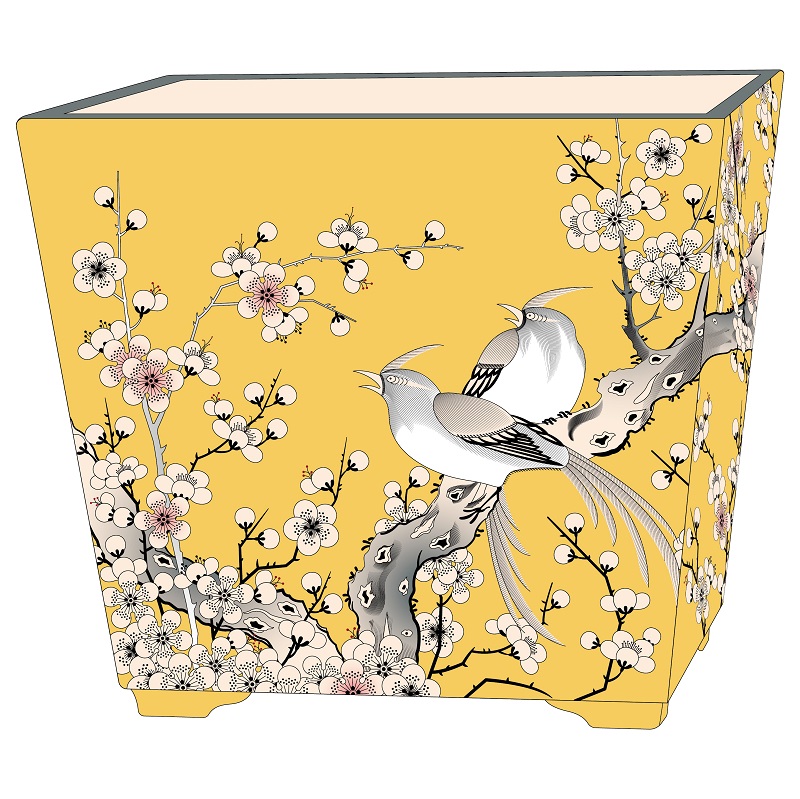
As a masterpiece of Chinese architecture, decoration, painting, and other art forms, the Palace Museum (also known as the Forbidden City) has marveled many with its rich and outstanding designs and motif decorations. From grand imperial buildings to small and delicate porcelain pieces, various motifs wander around the yellow-glazed roofs, red walls, carved beams, and painted pillars and can be found on housewares, clothes, and brocades.
Exploring and studying motifs in the Palace Museum shines light on the development history of motifs in China across thousands of years. They are complicated, inclusive, vibrant, and profound, and their creators sought common ground while reserving differences of various cultures.
The book The Motifs of the Imperial Palace, compiled by the Wencang (Motif Collection) team, selected 117 exquisite motifs from the embroidery, porcelain, carpets, enamelware, and architecture in the Forbidden City and outlined the color palette of each pattern.
From a new aesthetic perspective combining tradition and modernity, the book aims to reinterpret the imperial palace by picturing fantasies and presenting the soul of Eastern aesthetics.
Ingenuity and magical skills are condensed in the motifs. Every seemingly ordinary combination of decorative patterns hides profound thoughts and cultural connotations featuring minimalism, impartiality, and harmony of geometry, agility, poetry, and colorfulness of nature, and exquisiteness, variety, and beauty of colors and lines.
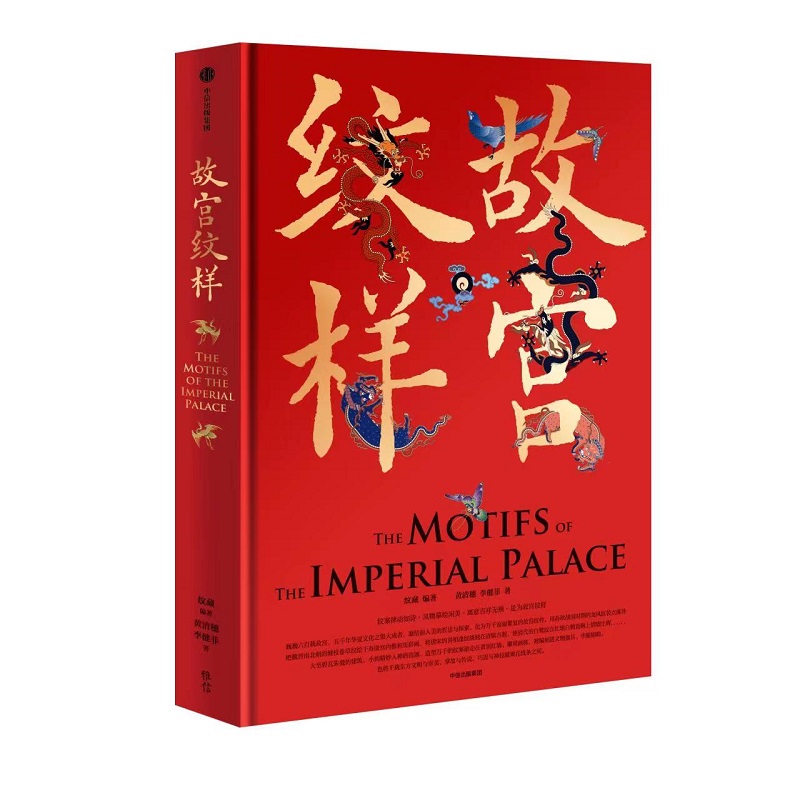
Jianfei, published by CITIC Press in March 2023.
The book deeply explores the meaning behind each motif by tracing its origin and interpreting its cultural connotation. Traditional Chinese craftsmanship tends to create art to convey philosophy by integrating the shape, pattern, and usage method of the objects with mankind’s spirit, desires, and soul.
Traditional motifs reflect ancient Chinese craftsmen’s philosophy on creating images by observing objects to convey special meanings.
The motifs in the Forbidden City were created with inspiration from mountains, rivers, the sun, the moon, plants, birds, and other things. They capture the keen perceptiveness and extraordinary imagination of ancient people.
Firmly overlapped mountains and rocks in motifs depicting a river running off cliffs into the sea look as precipitous as the real situation. Cloud motifs are diverse and vivid, inspired by changes in the sky and weather. The dragon, phoenix, and kylin motifs depict legendary auspicious beasts, which are vivid, majestic, and solemn.
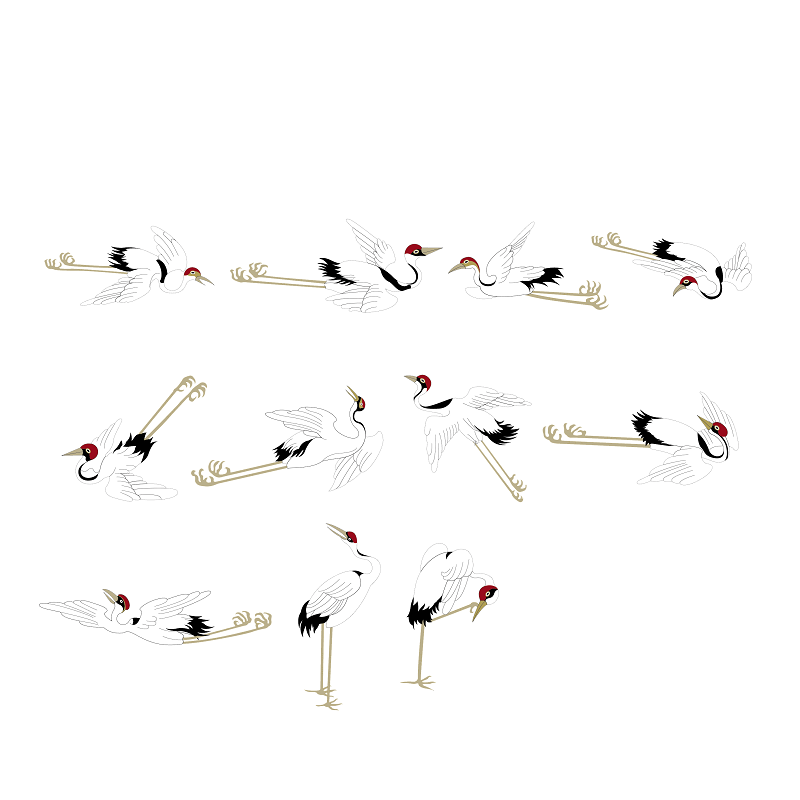
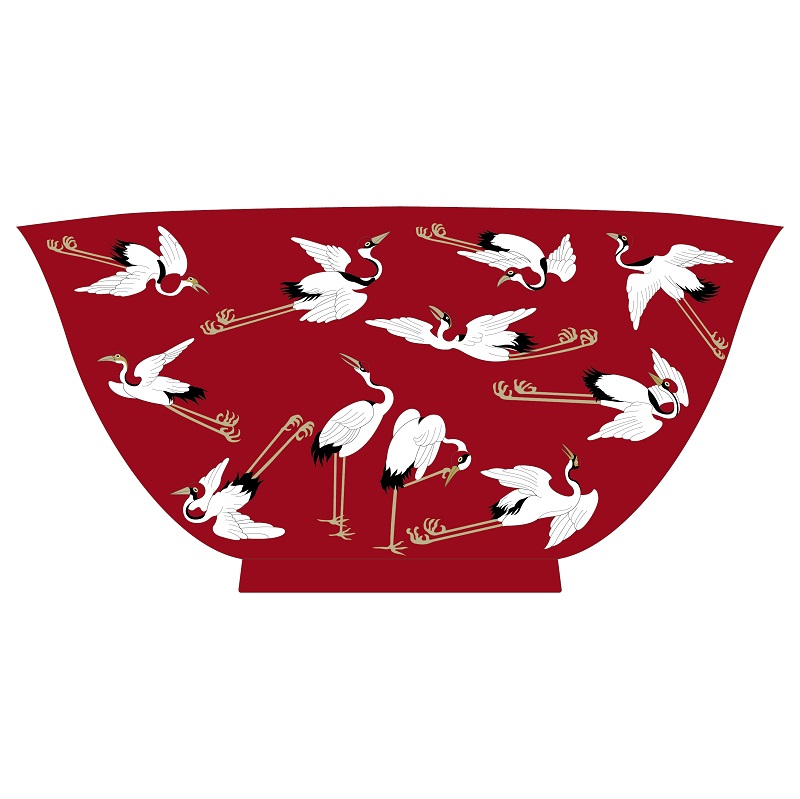
Palm-sized motifs show the love and awe of ancient Chinese people for life and nature in terms of basic necessities.
For instance, the motif inspired by persimmon pedicles with four prongs, which looks simple, can be traced back to the Warring States Period (475-221 B.C.). In the past, they were used in buildings to imply solidity and in fabrics to help wishes come true.
The peony motif, inspired by the shape of the peony flower with multiple petals, looks rich and graceful. It was used to indicate noble and proud character.
Birds are regarded as messengers connecting heaven and earth. And the mysterious and elegant crane was considered a representative of deities and an immortal avian creature. Pines and cypresses are evergreen. So, the crane pattern and pine pattern are often used together to express wishes for longevity.
The Wencang team revealed in the preface that they were driven to compile this book on motifs because those traditional patterns are the pride in the blood of Chinese people. They expressed hope that the shining auspicious patterns would continue to fill hearts and new creations.